Home>Gardening & Outdoor>Landscaping Ideas>How To Get Rid Of Ground Ivy Without Killing Grass
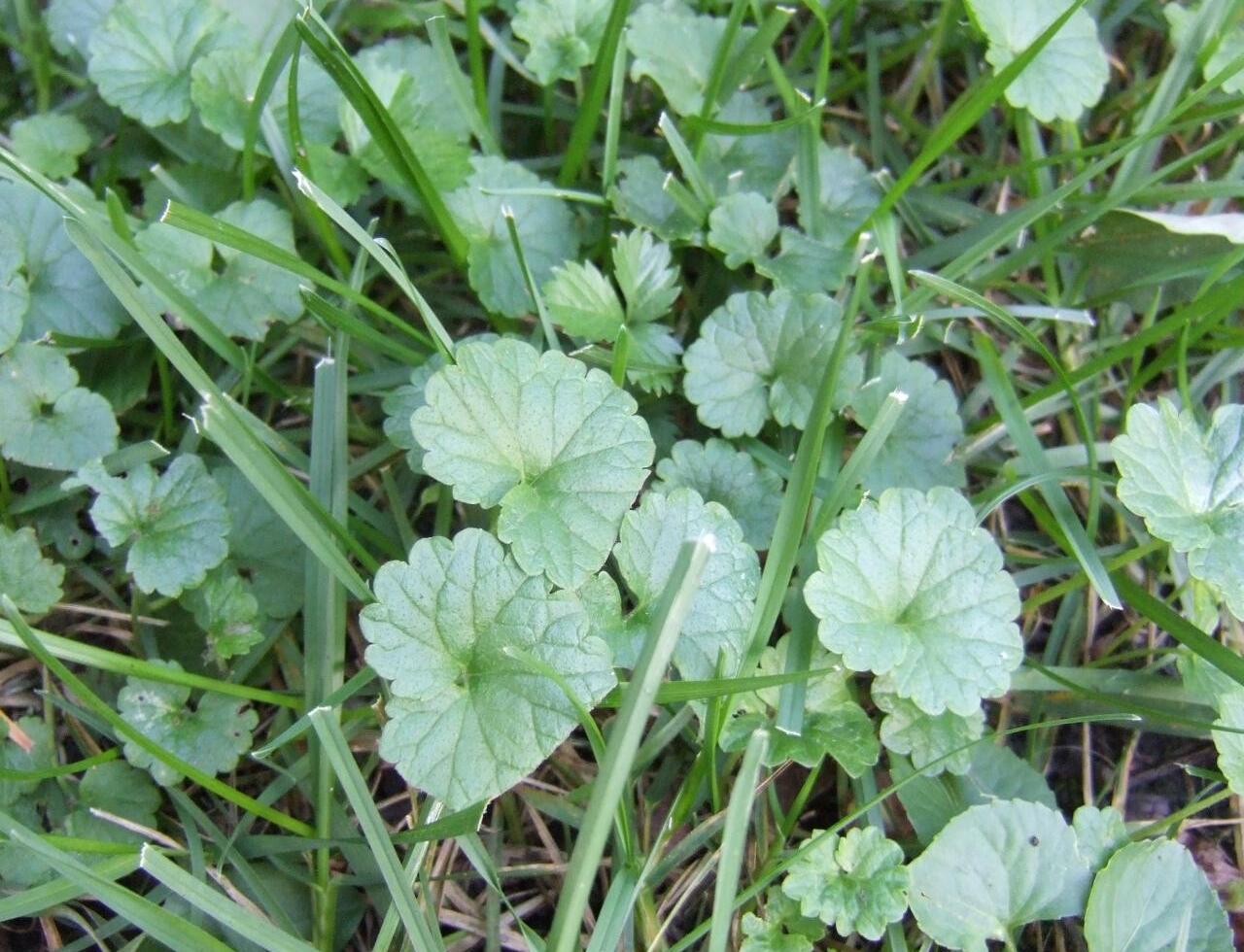

Landscaping Ideas
How To Get Rid Of Ground Ivy Without Killing Grass
Published: January 24, 2024
Learn effective landscaping ideas to eliminate ground ivy without harming your grass. Discover expert tips for a lush, weed-free lawn.
(Many of the links in this article redirect to a specific reviewed product. Your purchase of these products through affiliate links helps to generate commission for Storables.com, at no extra cost. Learn more)
Introduction
Welcome to the battle against ground ivy, a persistent and invasive weed that can quickly overtake a once-lush lawn. As a homeowner, you understand the frustration of dealing with this resilient plant, which seems to thrive despite your best efforts to maintain a healthy and vibrant yard. However, fear not, as there are effective strategies to combat ground ivy without harming your precious grass.
In this comprehensive guide, we will explore various methods to eliminate ground ivy while preserving the integrity of your lawn. From understanding the nature of ground ivy to implementing manual removal techniques and utilizing herbicides, we will cover the most practical and environmentally friendly approaches to reclaiming your yard from this stubborn intruder. Additionally, we will discuss preventive measures to inhibit the re-growth of ground ivy, ensuring that your lawn remains beautiful and weed-free in the long term.
By the end of this article, you will be equipped with the knowledge and tools necessary to tackle ground ivy infestations with confidence and precision, restoring your lawn to its former glory and preventing future incursions. Let’s embark on this journey to regain control of your outdoor oasis and bid farewell to ground ivy once and for all.
Key Takeaways:
- Combat ground ivy by hand-pulling and using herbicides, but be cautious to protect your lawn. Prevent regrowth by optimizing lawn health, enhancing sunlight exposure, and vigilant monitoring.
- Understanding ground ivy’s growth habits is crucial. Manual removal is effective for small infestations, while herbicides can be used for larger areas. Prevent regrowth by optimizing lawn health and regular maintenance.
Read more: How To Kill Ivy Ground Cover
Understanding Ground Ivy
Also known as creeping Charlie, ground ivy (Glechoma hederacea) is a low-growing perennial weed that thrives in shaded, moist areas with fertile soil. Recognizable by its scalloped, kidney-shaped leaves and small, funnel-shaped purple flowers, ground ivy spreads rapidly through creeping stems, forming dense mats that smother surrounding vegetation. Although it may appear attractive in naturalized settings, ground ivy becomes a nuisance when it infiltrates lawns, flower beds, and other cultivated areas.
Understanding the growth habits and life cycle of ground ivy is crucial for developing effective eradication strategies. This resilient weed reproduces through seeds and creeping stems, allowing it to quickly colonize large areas if left unchecked. Its ability to root at each node along the stems enables it to establish a strong foothold in the soil, making manual removal a challenging task.
Ground ivy thrives in areas where grass struggles to grow, such as shaded spots, compacted soil, and poorly drained areas. Its aggressive nature often outcompetes desirable turfgrass, resulting in unsightly patches of ground ivy that disrupt the uniformity of the lawn. Moreover, the presence of ground ivy can indicate underlying soil issues, such as low fertility or pH imbalance, which may need to be addressed to prevent future infestations.
By familiarizing yourself with the characteristics and growth preferences of ground ivy, you can identify areas of vulnerability in your lawn and implement targeted control measures to combat its encroachment. In the following sections, we will explore effective techniques for removing ground ivy and restoring the health and beauty of your lawn without causing harm to the surrounding grass and plants.
Manual Removal
When faced with a ground ivy invasion, manual removal is often the initial line of defense. While labor-intensive, this method can be highly effective, especially for controlling smaller infestations and preventing the spread of the weed. Here are some practical steps to guide you through the process of manually removing ground ivy from your lawn:
- Identify the Infested Areas: Begin by surveying your lawn to pinpoint the areas where ground ivy has taken hold. Look for patches of low-growing, scalloped leaves and trailing stems, particularly in shaded or damp sections of the yard.
- Prepare the Site: Before starting the removal process, moisten the soil to make it easier to extract the ground ivy. Consider performing manual removal after a period of rain or irrigation when the soil is damp and more pliable.
- Hand Pulling: Gently grasp the stems of the ground ivy close to the ground and pull steadily to uproot the entire plant, including the roots. Take care to avoid disturbing the surrounding grass and plants as you extract the weed.
- Repeat as Needed: Inspect the treated areas regularly and continue to manually remove any regrowth of ground ivy. Persistence is key to preventing the weed from reestablishing itself and spreading further.
While manual removal can be effective for small-scale control, it may not be practical for extensive infestations or areas with dense ground cover. In such cases, combining manual removal with other control methods, such as herbicide application, can yield more comprehensive results.
By incorporating manual removal into your weed management routine, you can actively reduce the presence of ground ivy in your lawn and create an environment that is less conducive to its growth. However, for larger infestations or persistent regrowth, additional measures may be necessary to achieve long-term eradication.
Regularly mow your lawn to discourage ground ivy growth, and manually pull out any ivy that appears. Apply a selective herbicide specifically designed to target ground ivy without harming grass.
Using Herbicides
Herbicides can be valuable tools for controlling ground ivy infestations, particularly in cases where manual removal alone is insufficient to address the extent of the weed’s spread. When used judiciously and in accordance with label instructions, herbicides can effectively target ground ivy while minimizing harm to desirable vegetation. Here are the key considerations and steps for using herbicides to combat ground ivy:
- Choose the Right Herbicide: Select a broadleaf herbicide labeled for use on lawns and formulated to target creeping Charlie or ground ivy. Look for products containing active ingredients such as 2,4-D, dicamba, or triclopyr, which are effective against broadleaf weeds while being relatively safe for grass when applied correctly.
- Timing and Application: Apply the herbicide when ground ivy is actively growing and producing foliage, typically in the spring or fall. Follow the manufacturer’s instructions regarding application rates, timing, and precautions. Consider using a pump sprayer for targeted application to minimize overspray and drift.
- Spot Treatment: For localized infestations, spot-treating individual patches of ground ivy with a ready-to-use herbicide can be an efficient and precise method. Direct the spray onto the foliage of the weed while avoiding contact with surrounding grass and plants.
- Follow-Up and Monitoring: Monitor the treated areas for signs of herbicide activity and the subsequent decline of the ground ivy. Be prepared to repeat the herbicide application as needed to address any regrowth or persistent patches.
It’s important to exercise caution when using herbicides and to prioritize the protection of non-target plants and the environment. Avoid applying herbicides on windy days to prevent drift, and refrain from using them near water sources or in areas where runoff may occur. Additionally, always adhere to the guidelines provided by the herbicide manufacturer and local regulations regarding the use of chemical control agents.
When used responsibly and as part of an integrated weed management approach, herbicides can play a valuable role in reducing ground ivy populations and restoring the health and appearance of your lawn. However, for those seeking alternative methods or facing limitations on herbicide use, there are additional strategies to prevent ground ivy re-growth and maintain a resilient lawn.
Preventing Ground Ivy Re-Growth
After implementing removal and control measures, preventing the re-growth of ground ivy is essential for maintaining a healthy and resilient lawn. By addressing underlying factors that contribute to ground ivy proliferation and implementing preventive strategies, you can minimize the risk of future infestations. Here are effective methods for preventing ground ivy re-growth:
- Optimize Lawn Health: Promote the vigor of your lawn by addressing soil compaction, improving drainage, and implementing proper mowing and watering practices. Healthy, dense turfgrass can outcompete ground ivy and reduce the likelihood of its establishment.
- Enhance Sunlight Exposure: Trim back overhanging branches and thin out dense foliage to increase sunlight penetration to the lawn. Ground ivy thrives in shaded areas, so reducing shade can inhibit its growth and spread.
- Soil Testing and Amendment: Conduct a soil test to assess nutrient levels and pH, and make necessary amendments to create optimal growing conditions for grass while creating less favorable conditions for ground ivy.
- Regular Maintenance: Stay proactive with routine lawn care, including regular mowing, aeration, and overseeding to maintain a robust turf that is less susceptible to weed encroachment.
- Barriers and Edging: Install physical barriers or edging to prevent the encroachment of ground ivy from adjacent areas, such as garden beds or wooded sections of the property.
- Vigilant Monitoring: Continuously monitor the lawn for any signs of ground ivy regrowth and promptly address any emerging patches to prevent the spread of the weed.
By incorporating these preventive measures into your lawn care routine, you can create an environment that is less hospitable to ground ivy while promoting the vitality of your grass. Consistent maintenance and proactive strategies can significantly reduce the likelihood of ground ivy re-establishing itself, allowing you to enjoy a lush and weed-free lawn for years to come.
Conclusion
As a homeowner dedicated to maintaining a healthy and visually appealing lawn, combating ground ivy requires a multifaceted approach that combines understanding the weed’s characteristics with targeted removal, control, and preventive measures. By integrating manual removal techniques, strategic herbicide application, and proactive lawn care practices, you can effectively reclaim your lawn from the clutches of ground ivy while safeguarding the well-being of your grass and plants.
It’s important to approach ground ivy management with patience and persistence, as eradicating this resilient weed may require ongoing efforts and vigilance. By staying attuned to the specific needs of your lawn and implementing tailored solutions, you can create an environment that is less conducive to ground ivy growth and more supportive of robust turfgrass.
Remember that a healthy lawn is your best defense against invasive weeds, and by optimizing soil conditions, promoting sunlight exposure, and maintaining diligent lawn care practices, you can minimize the risk of ground ivy re-growth and preserve the beauty of your outdoor space.
Armed with the knowledge and strategies outlined in this guide, you are well-equipped to take on the challenge of eliminating ground ivy while nurturing a flourishing lawn that enhances the overall appeal and value of your property. By embracing a proactive and integrated approach to weed management, you can achieve long-lasting success in your quest to rid your lawn of ground ivy and create a landscape that you can truly be proud of.
Here’s to a vibrant, weed-free lawn that serves as a testament to your dedication and expertise in cultivating an outdoor haven for relaxation and enjoyment.
Frequently Asked Questions about How To Get Rid Of Ground Ivy Without Killing Grass
Was this page helpful?
At Storables.com, we guarantee accurate and reliable information. Our content, validated by Expert Board Contributors, is crafted following stringent Editorial Policies. We're committed to providing you with well-researched, expert-backed insights for all your informational needs.
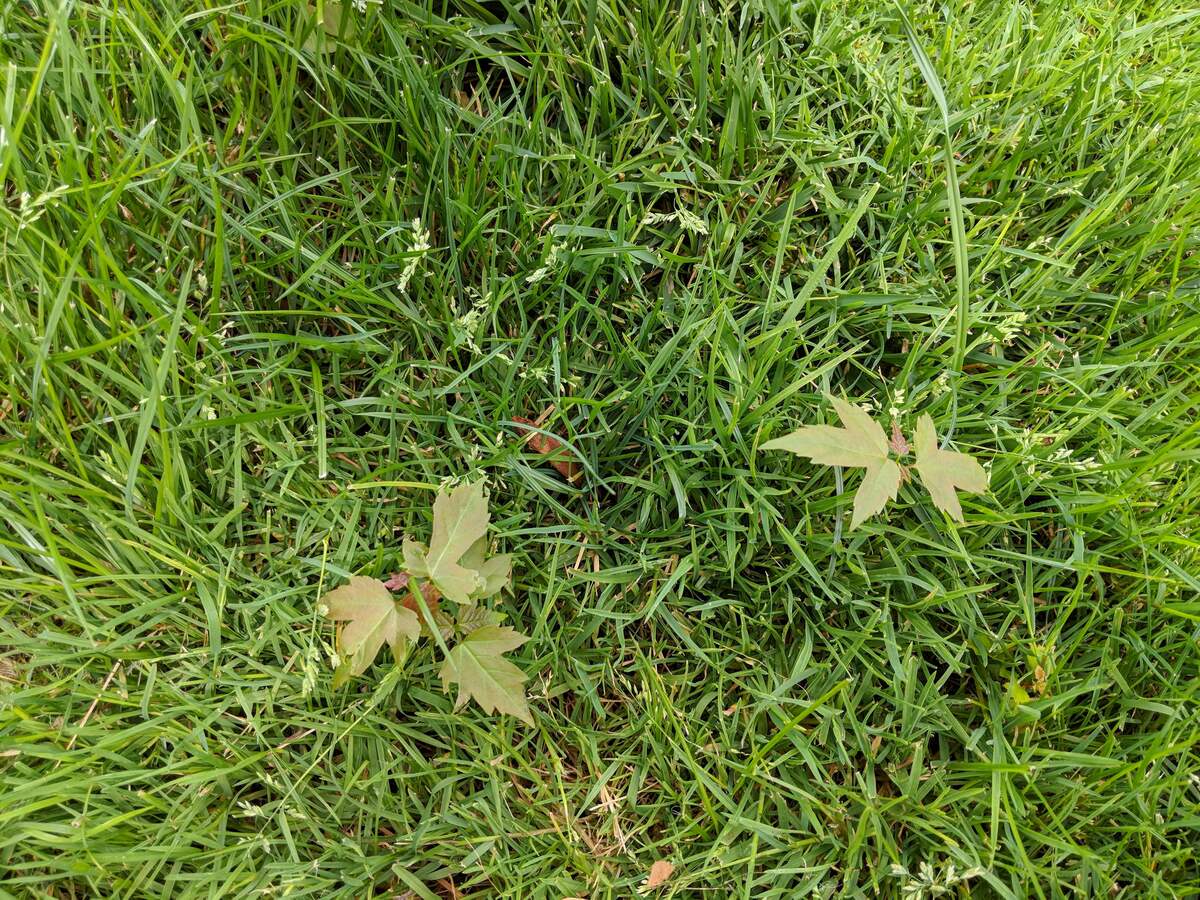
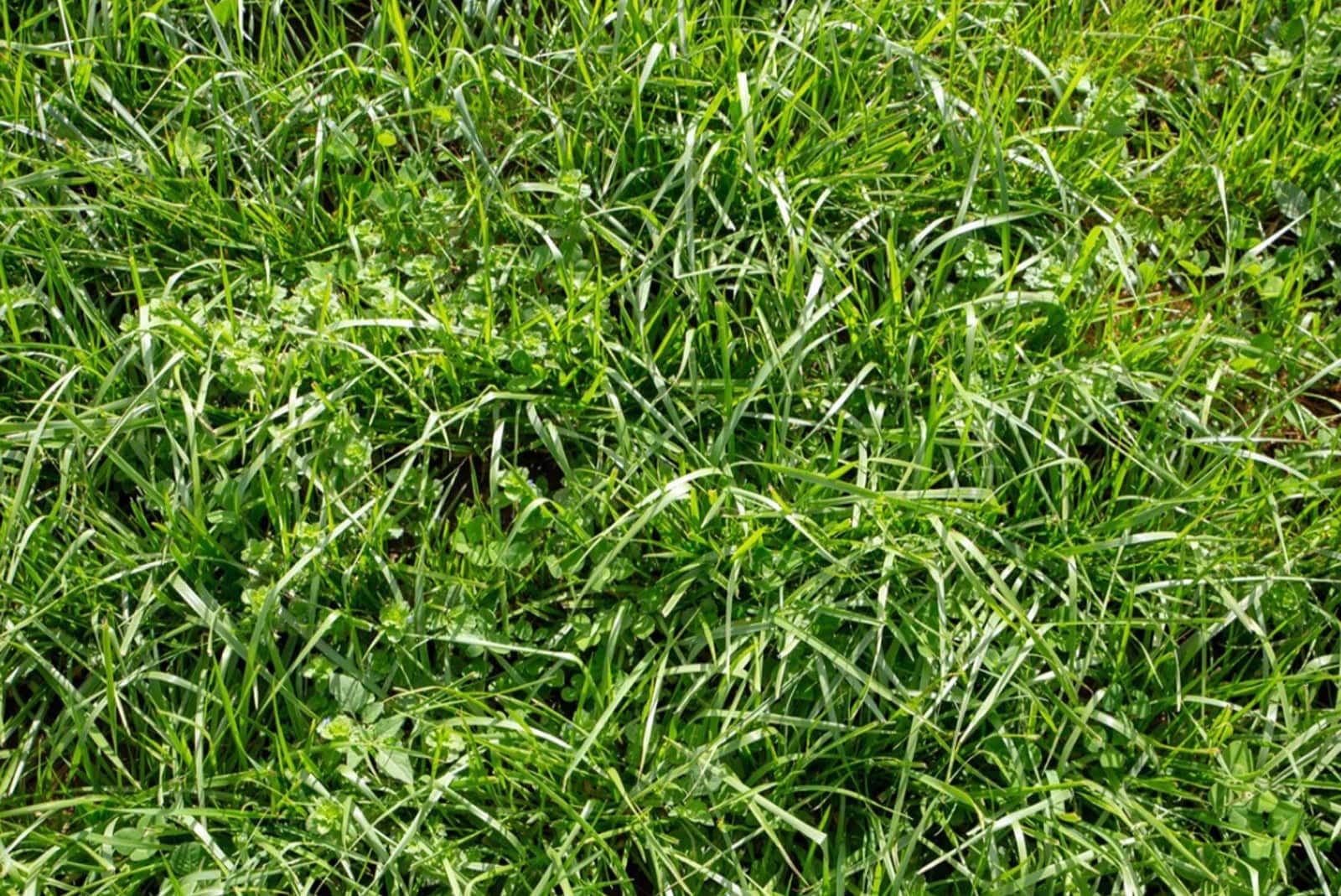
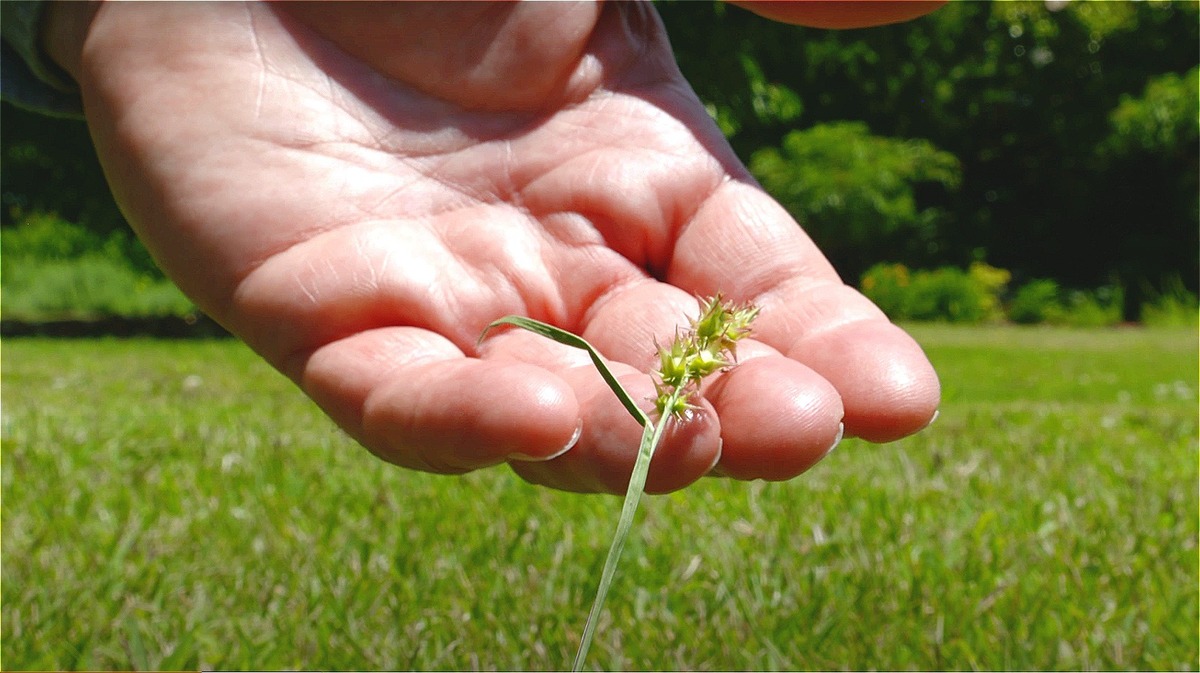
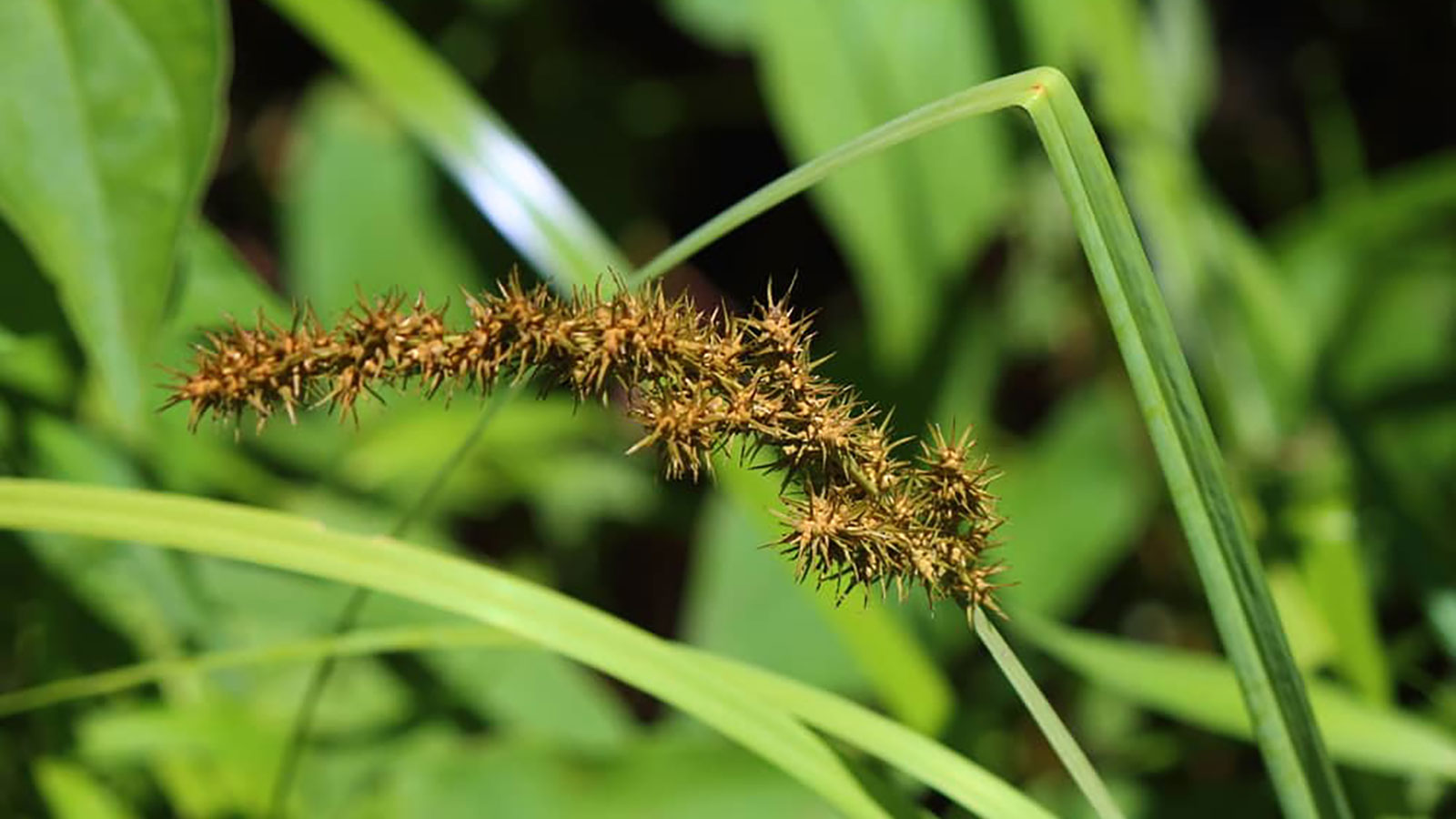
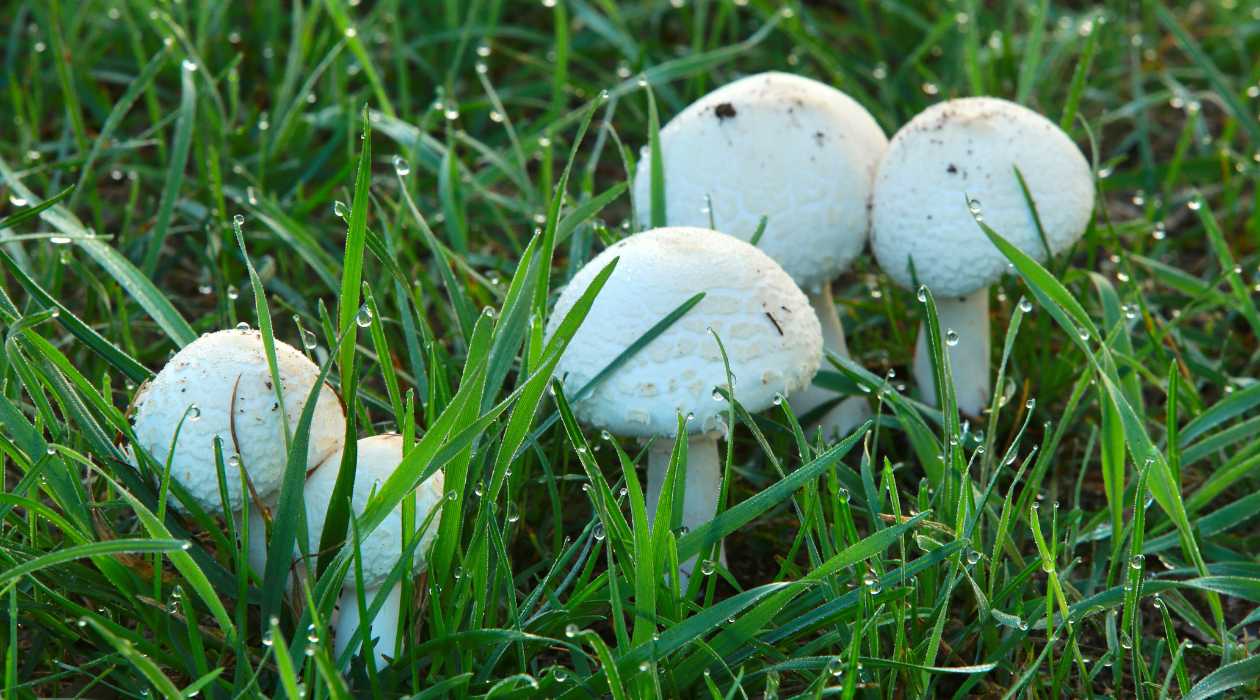
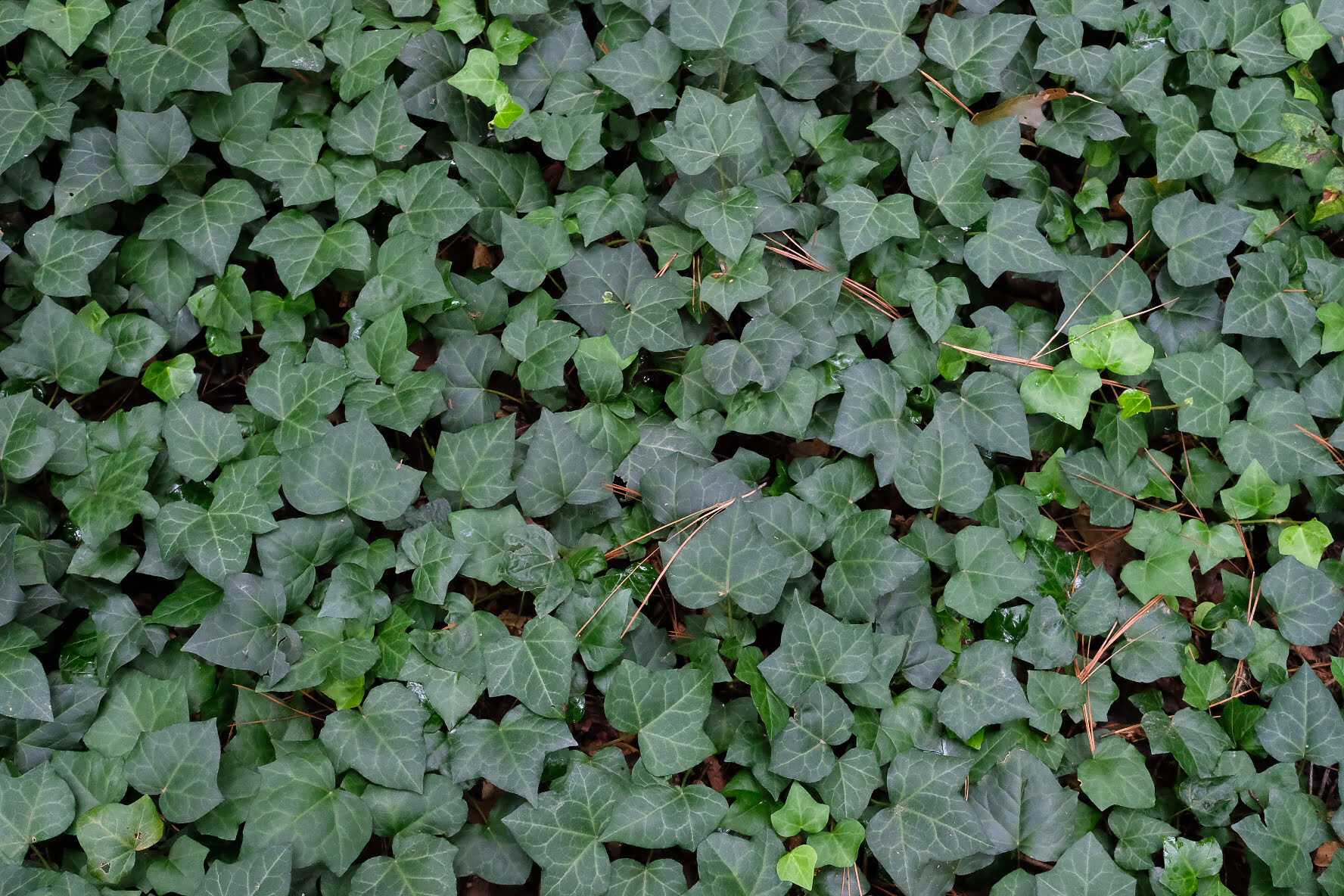
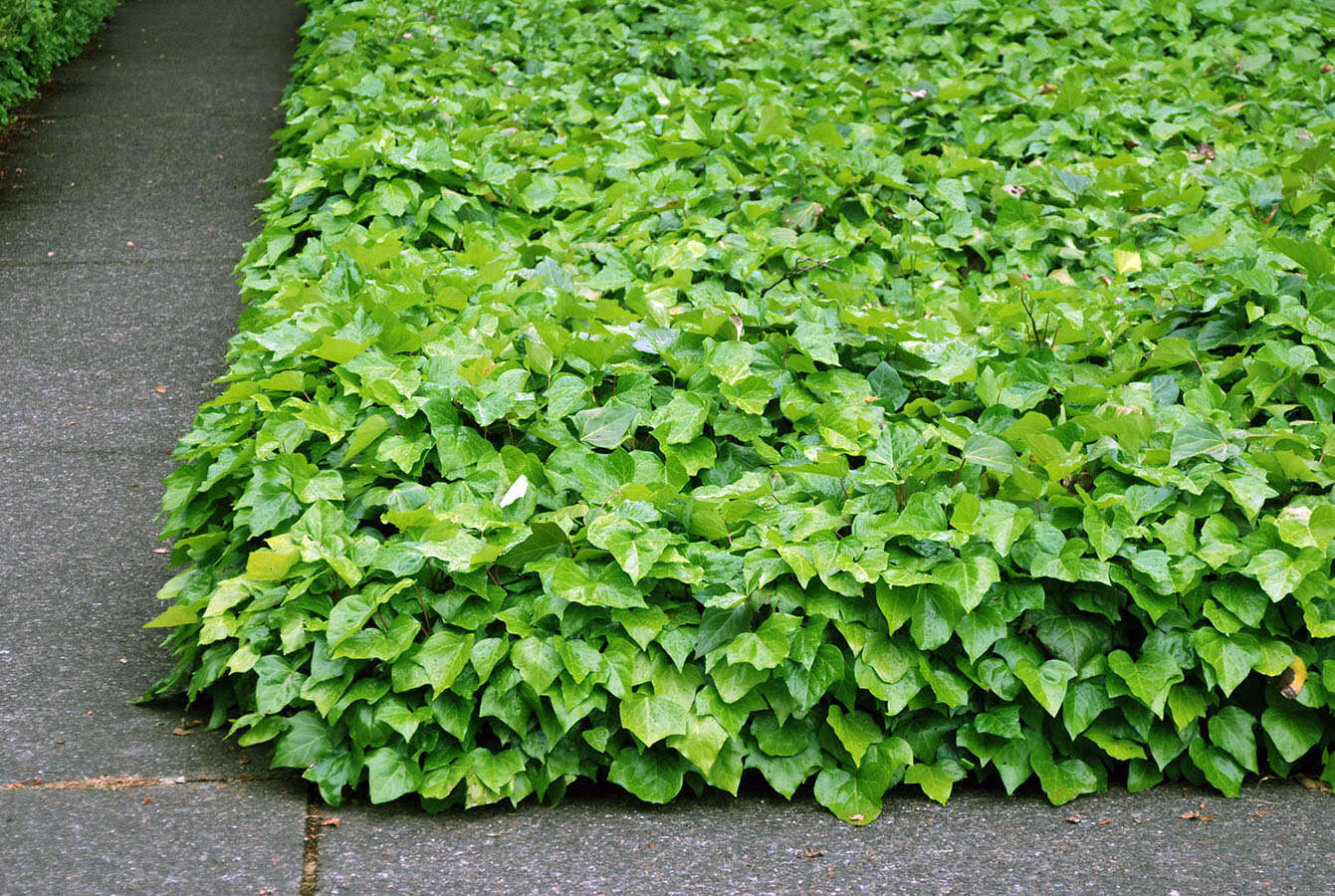
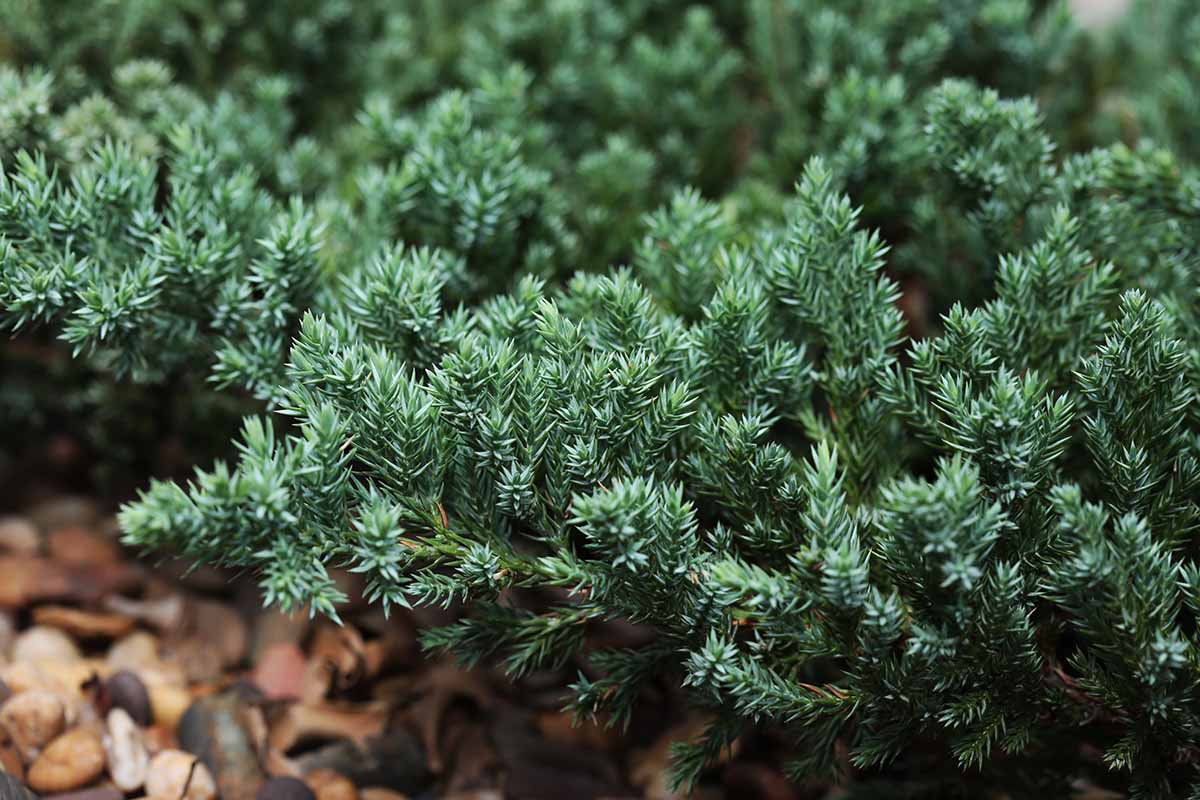
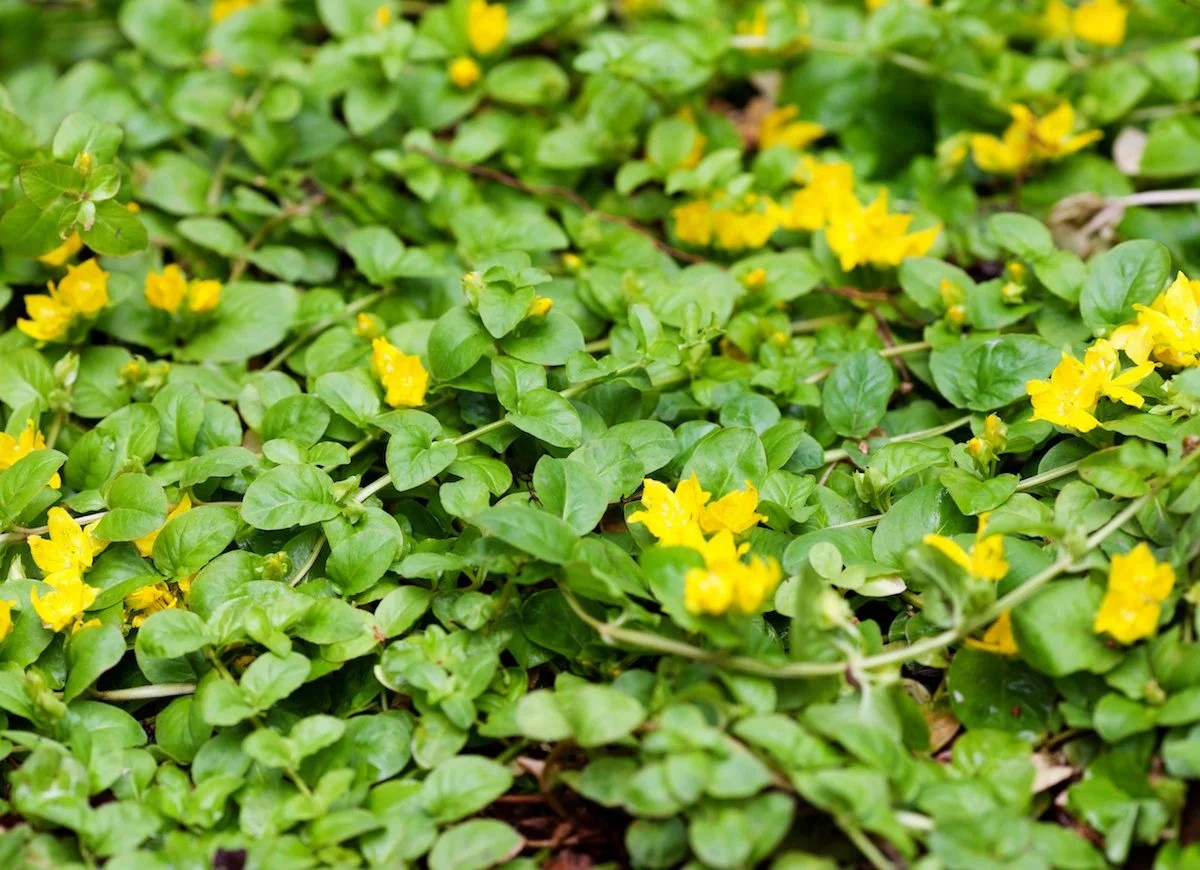
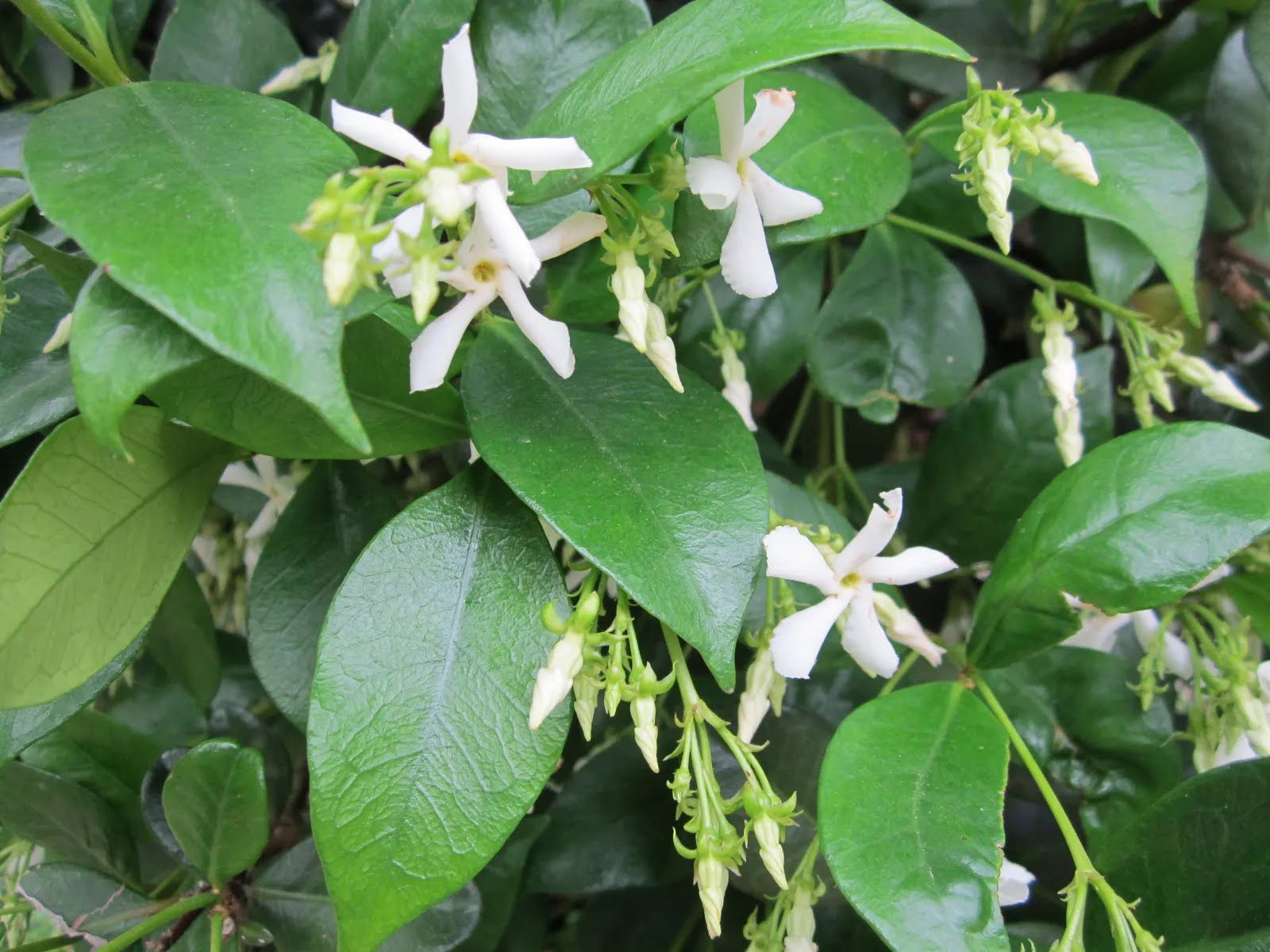

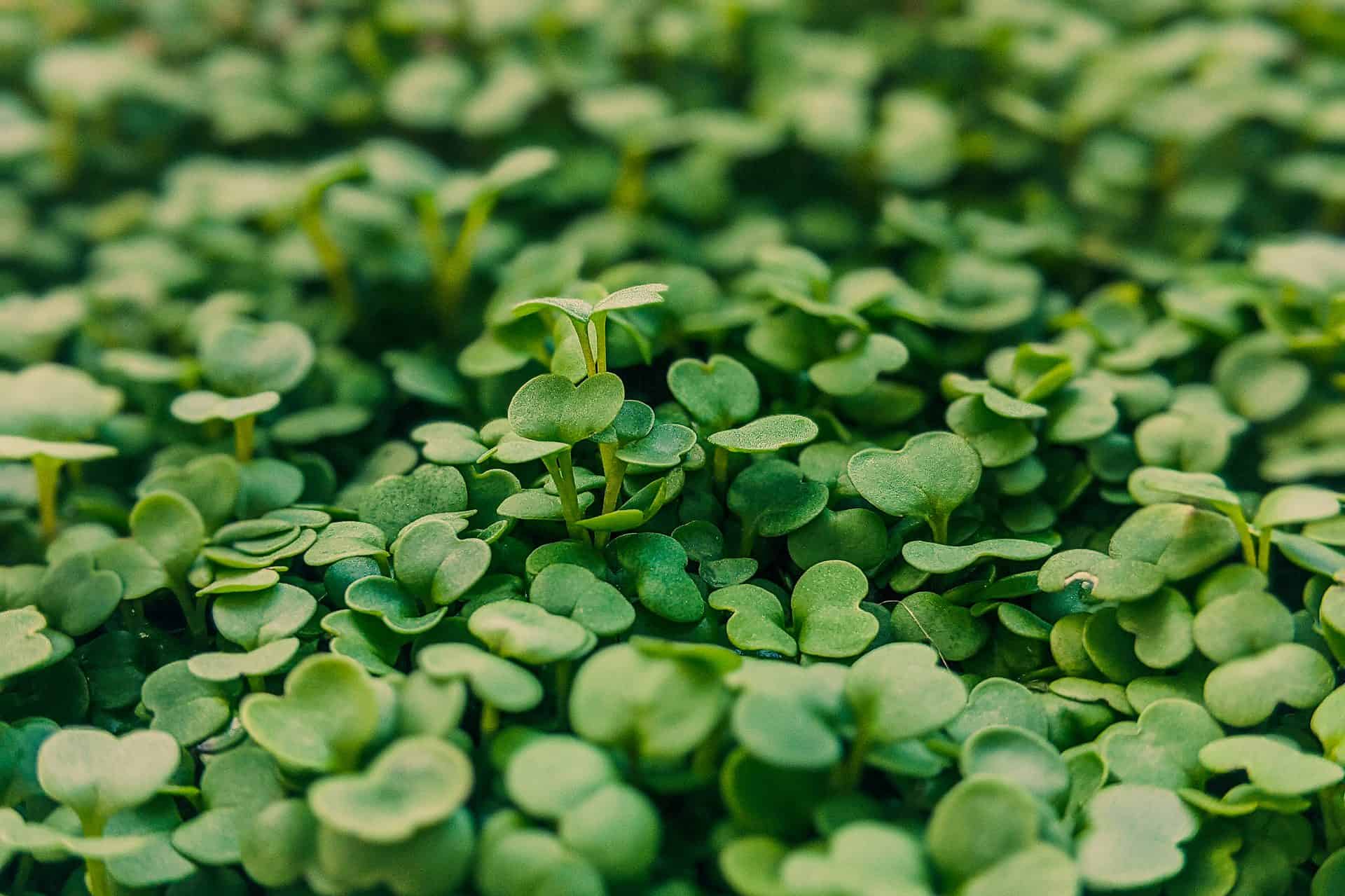
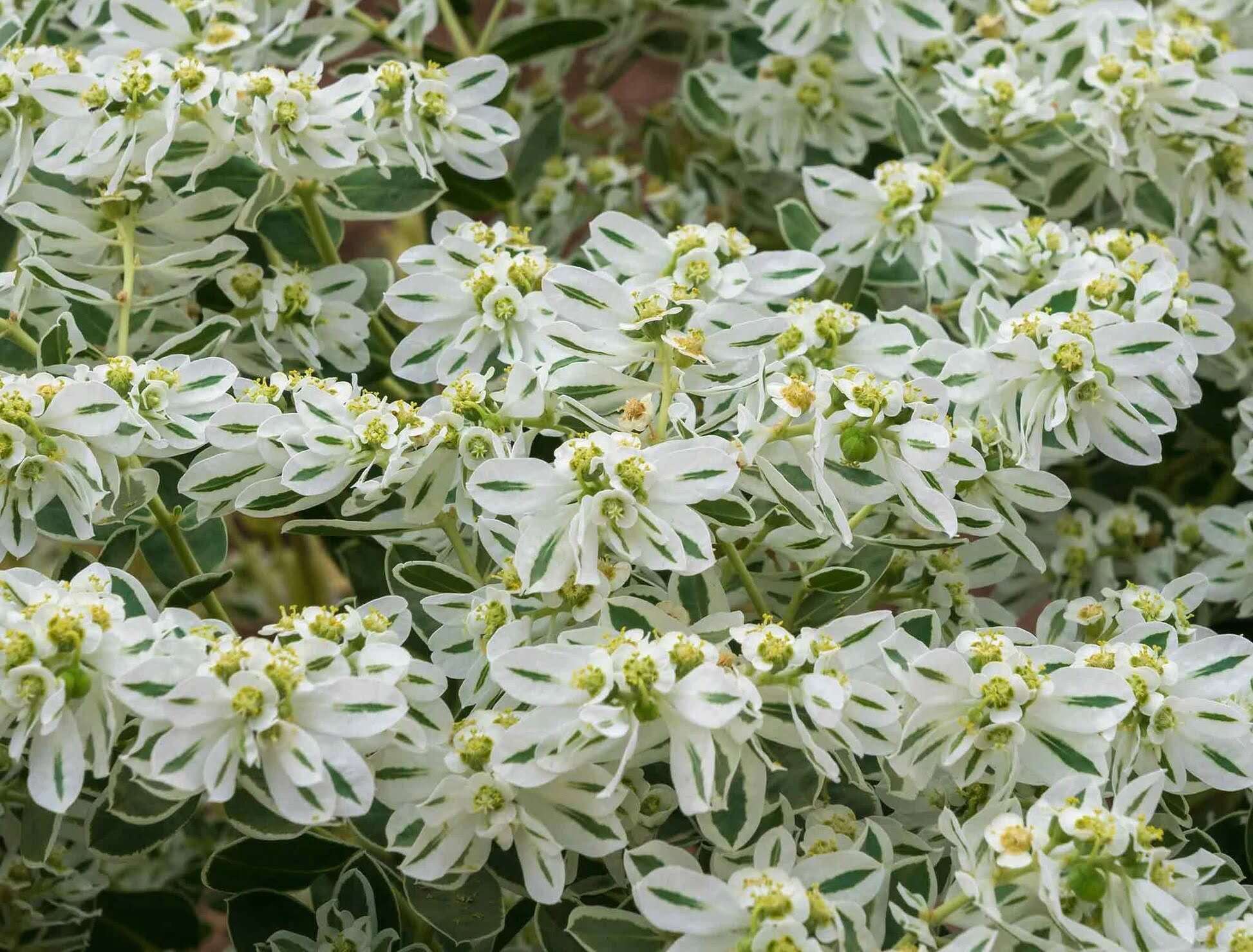
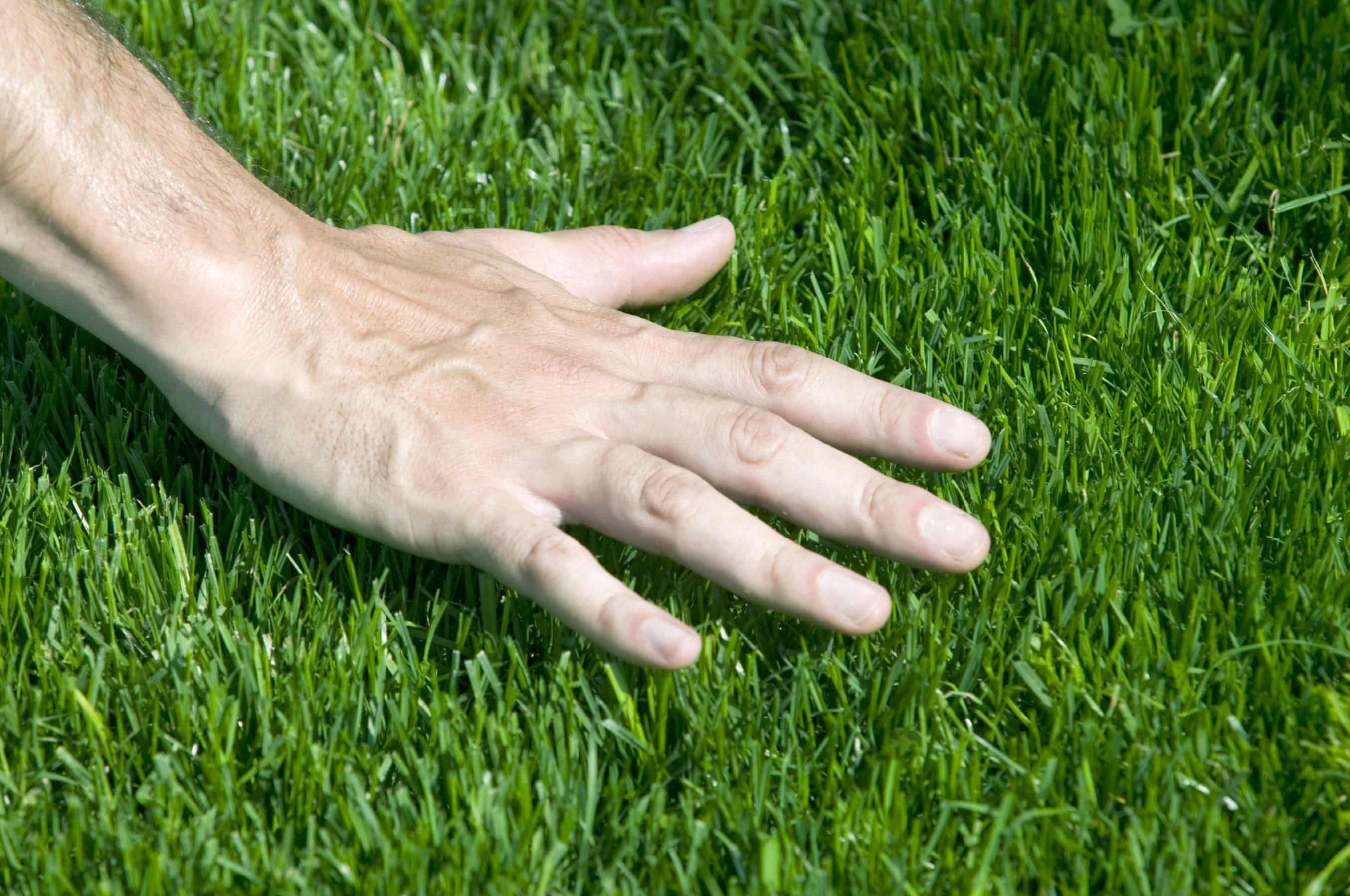

0 thoughts on “How To Get Rid Of Ground Ivy Without Killing Grass”